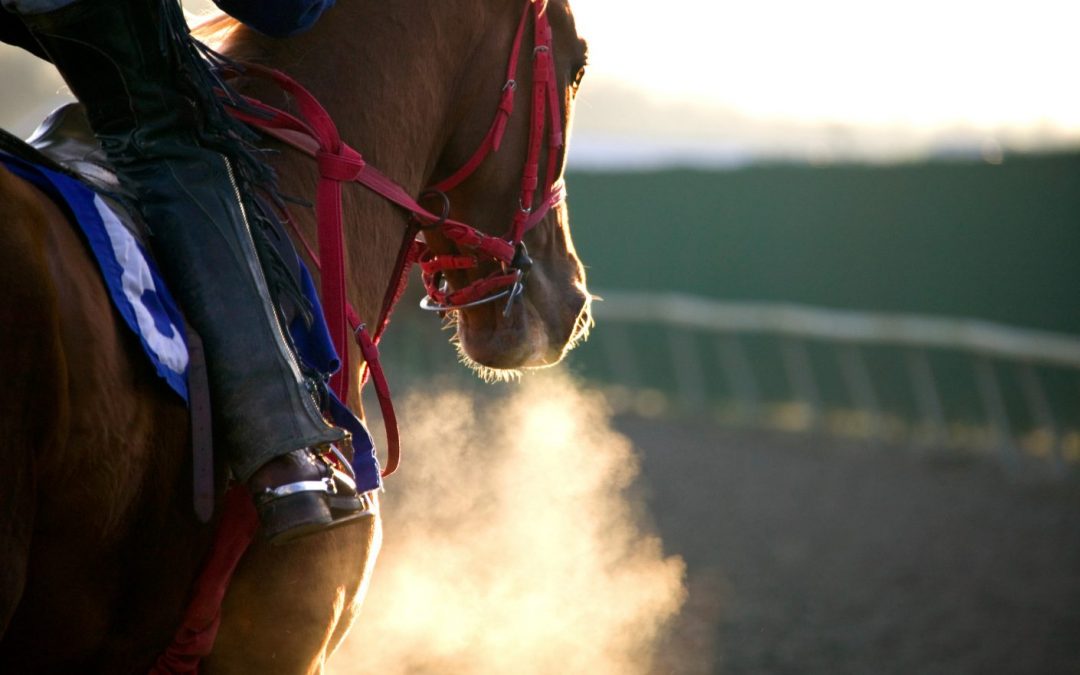
Feb 21, 2021 | Health & Science, Racehorse training
Home 9 Category: Health & Science ( Page 2 ) Providing veterinarians with a real diagnostic challenge, performance loss in the racehorse can be difficult to investigate if the horse’s environment does not benefit from reliable technologies to collect...
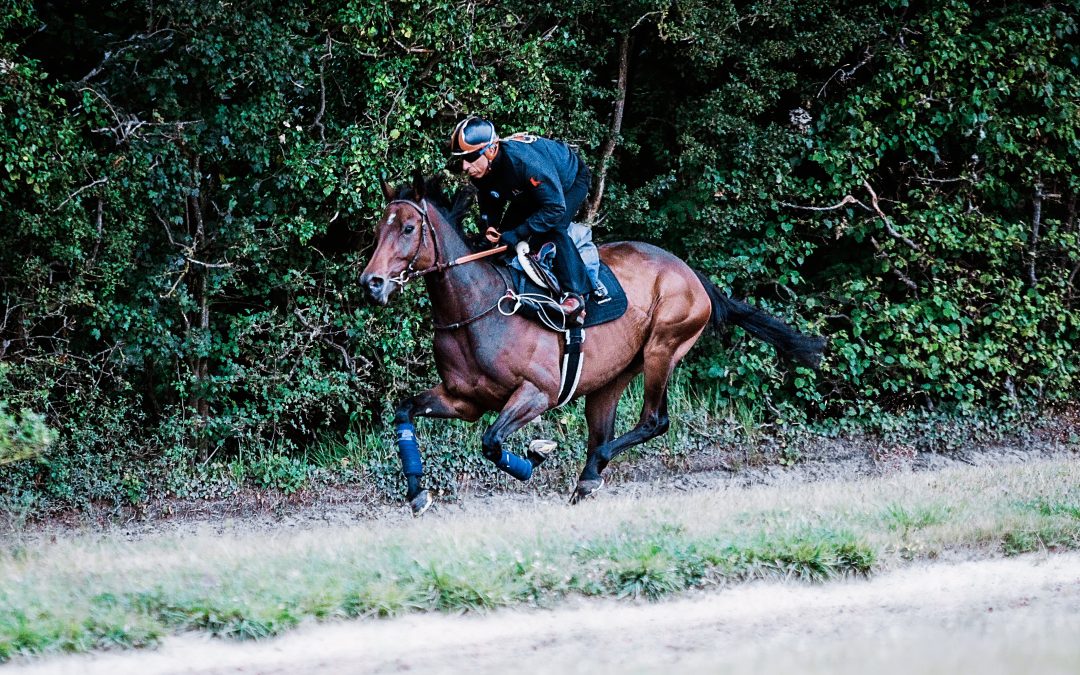
Feb 18, 2021 | Health & Science, Racehorse training
Home 9 Category: Health & Science ( Page 3 ) Providing veterinarians with a real diagnostic challenge, underperformance in the racehorse can be difficult to investigate if the horse’s environment does not benefit from reliable technologies to collect...
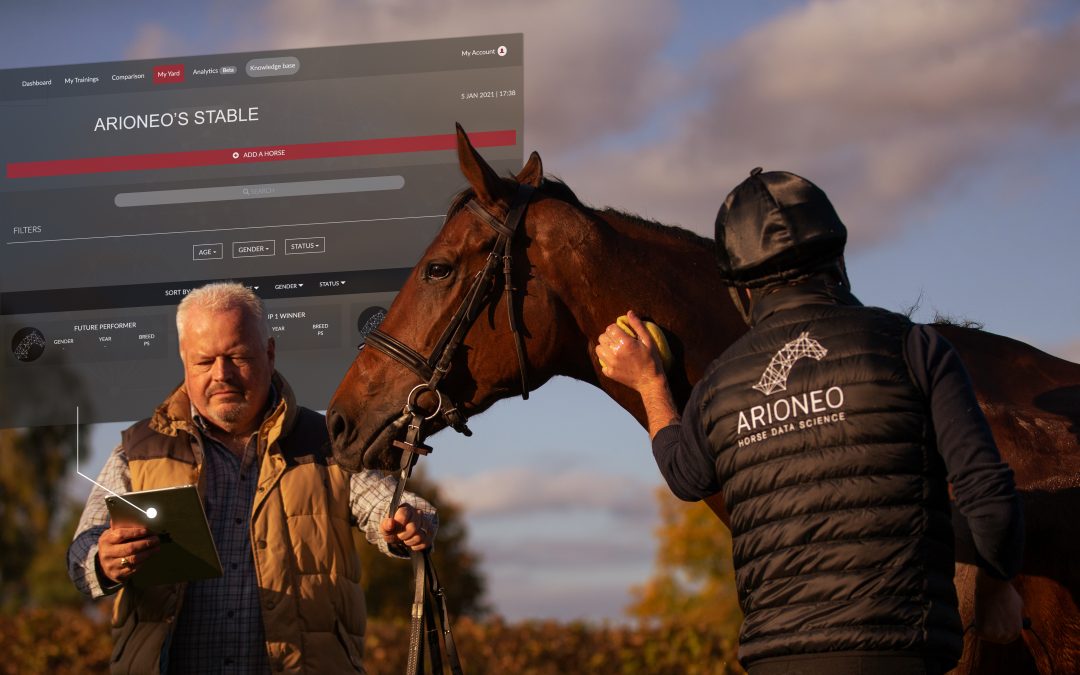
Jan 15, 2021 | Racehorse training
Optimising the profitability of the stable is one of the trainer’s major issues. Every year he has to find new young horses while following the horses he already has in training. The trainer has to find the right balance between the horses that are already...
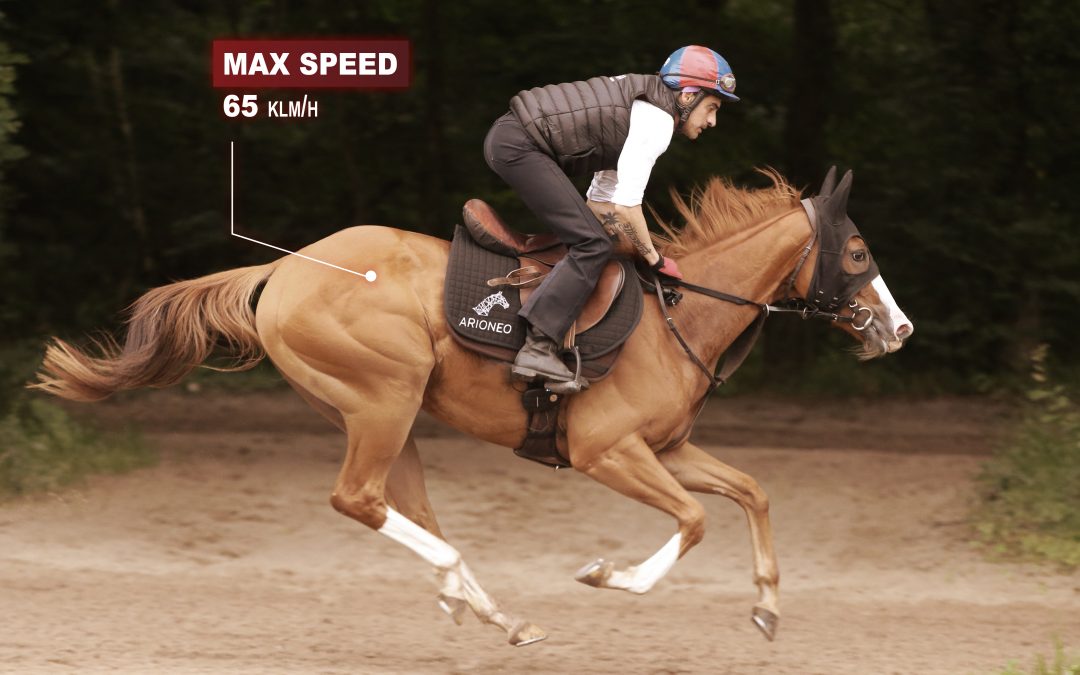
Jan 8, 2021 | Racehorse training, Speed
Home 9 Racehorse training 9 Category: Speed Maintaining maximal speed during a race is key to performance the horse racing industry. Known to be a major topic within the racing industry, speed is a decisive factor in a horse’s success. Maximal speed...
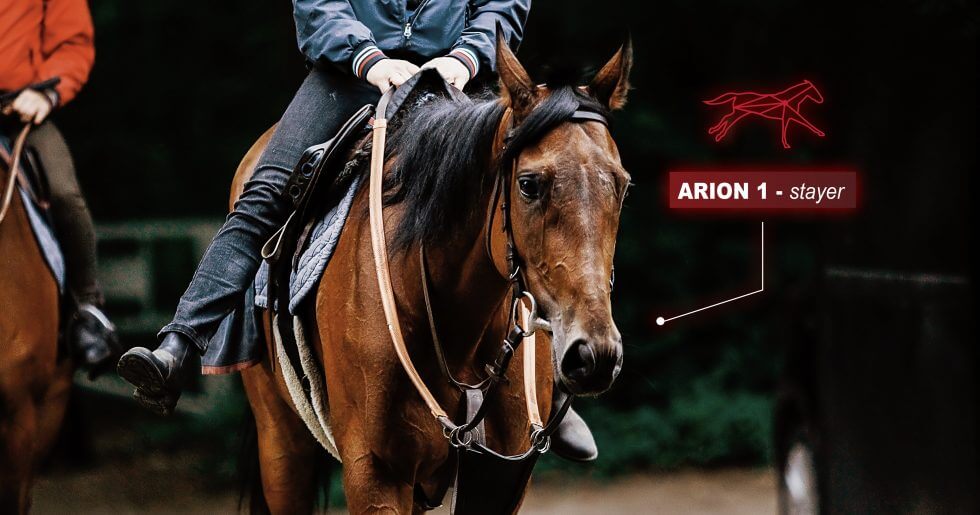
Jan 8, 2021 | Racehorse training
Home 9 Category: Racehorse training ( Page 5 ) Developing the full potential of each racehorse is the main concern of all trainers. However, every horse is different and in order to adapt the exercise and get the best out of each one, trainers learn to know their...
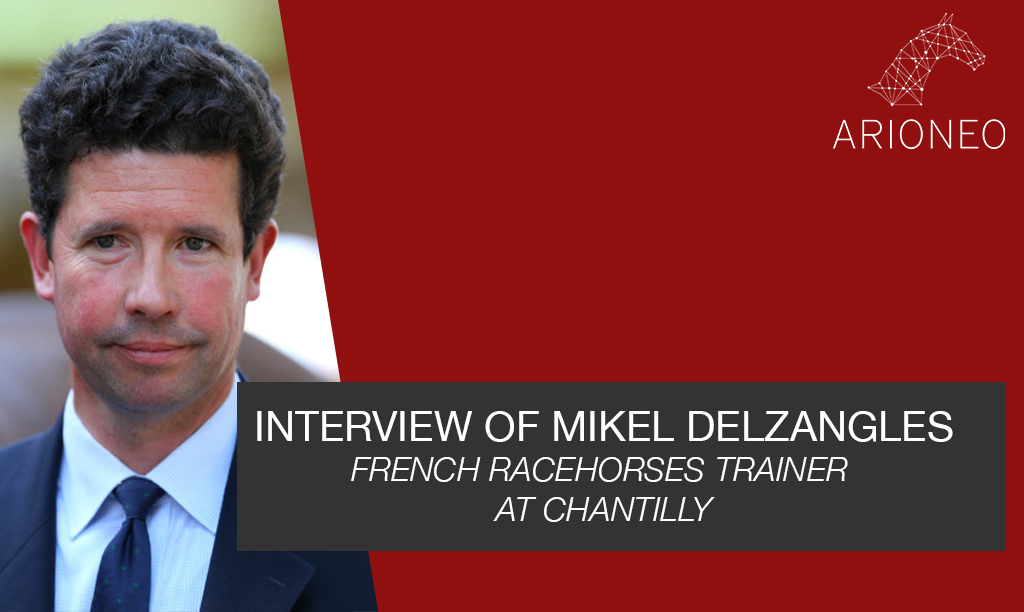
Dec 23, 2020 | Racehorse training, Testimonials
Arioneo’s team had the opportunity to spend a day with Mikel Delzangles, flat racehorse trainer in Chantilly. Mikel Delzangles is one of Arioneo’s partner trainers and uses the EQUIMETRE sensor on a daily basis for the horses in his stable. We had the...







